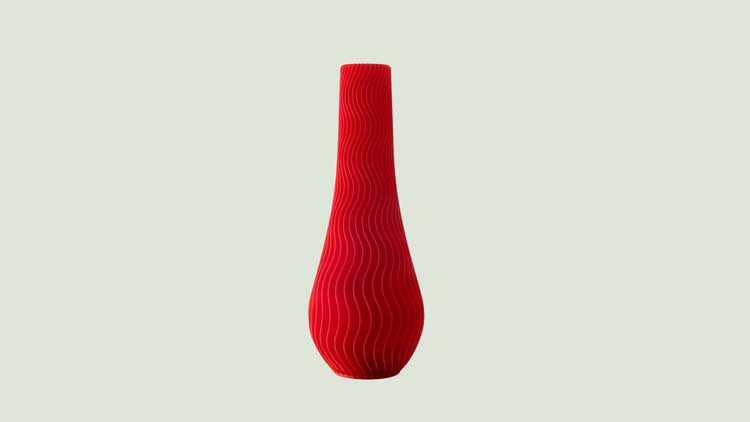
A vase is said to be watertight if its walls are sufficiently thick that water cannot seep through gaps between the layers.Therefore, both are necessary when printing a vase that can contain water using 3D technology.The hard part is now here: a number of factors affect how waterproof something is. such as the type of material, wall density, print settings, and design.
A bigger nozzle for thicker layers is one technique to get a denser wall. Or building additional walls next to one another. It is crucial to remember that a layer’s effectiveness to prevent water leaks depends on both its thickness AND its height. So both methods of increasing density have advantages and disadvantages.
- Using a larger nozzle
- Adding 4 – 6 more walls
- Choosing the right design for a Waterproof 3D Printed vase
- Techniques for creating waterproof 3D Printed vases
One of the key benefits of 3D-printed vases over conventional vases is the ability to generate intricate designs and intriguing textures that would be impossible to make otherwise. Additionally, 3D printing enables the use of recycled plastics as a sustainable component in the construction of any object. A vase may be printed in any size and shape, making it ideal for floral arrangements.
To preserve the longevity of your 3D-printed vase, proper maintenance is required. Use a moist towel and water to clean your vase to avoid scratching the surface. Additionally, avoid prolonged UV exposure to the vase. By doing it this way, your vase will undoubtedly last a long time.
